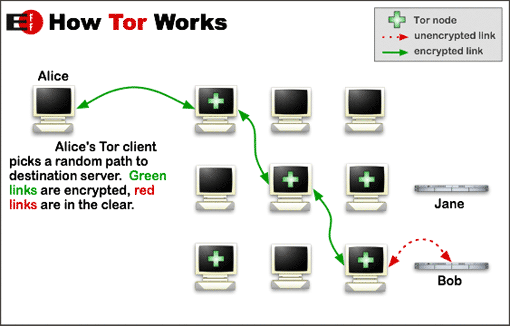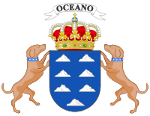2 weeks to Document Freedom Day
 Document Freedom Day is a day for celebrating and raising awareness of open standards and formats; it takes place on the last Wednesday in March each year. On this day people who believe in fair access to communications technology teach, perform and demonstrate.
Document Freedom Day is a day for celebrating and raising awareness of open standards and formats; it takes place on the last Wednesday in March each year. On this day people who believe in fair access to communications technology teach, perform and demonstrate.
Document freedom means documents that are free can be used in any way that the author intends. They can be read, transmitted, edited, and transformed using a variety of tools. Documents that aren’t free – like Microsoft Office’s .docx, .xlsx, .pptx, etc. – are locked to some particular software or company. Their author cannot choose how to use them because they are controlled by technical restrictions. This is akin to having a racehorse and never letting get above a trot.
However, document freedom is about more than spreadsheets, presentations and word processing documents. Document freedom embraces all forms of data, including artwork, sheet and recorded music, emails and statistics. These can all be stored in ways which empower users, but they can also be stored in formats which constrain and manipulate us at enormous cost.
Open standards are formats which everybody can use free of charge and restriction. They come with compatibility “built-in” – the way they work is shared publicly and any organisation can use them in their products and services without asking for permission. Open Standards are the foundation of cooperation and modern society. Today we celebrate the 25th anniversary of the world wide web – a vital resource that relies on open standards to work. Read more on open standards.
You can get involved in Document Freedom Day by organising local activities, distributing fliers, adding a banner on your blog, donating money, and much more. See the Document Freedom Day site for more ideas and information.
 The Gnome Outreach Program* for Women (OPW) helps women get involved in free and open source software and has just announced the opening of a new round of internship applications. Women can apply for an internship to contribute to an open source project from May to August; and OPW is not just asking for applications from programmers.
The Gnome Outreach Program* for Women (OPW) helps women get involved in free and open source software and has just announced the opening of a new round of internship applications. Women can apply for an internship to contribute to an open source project from May to August; and OPW is not just asking for applications from programmers. France’s
France’s 


 I’ve been using
I’ve been using  The first of three free seminars organised by LibreUmbria – the organisation promoting free and open source software in Italy’s
The first of three free seminars organised by LibreUmbria – the organisation promoting free and open source software in Italy’s  Canary Islands news site
Canary Islands news site